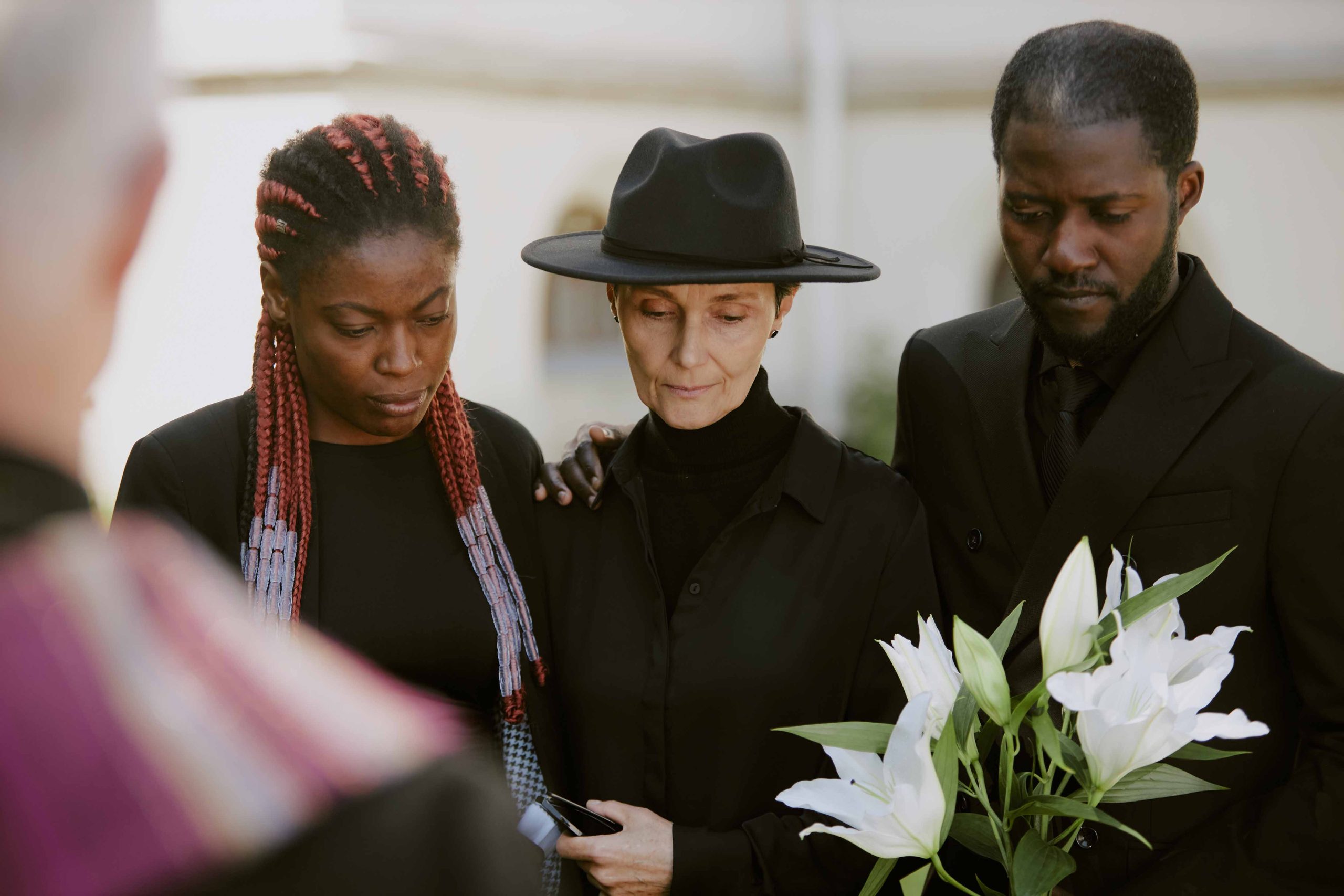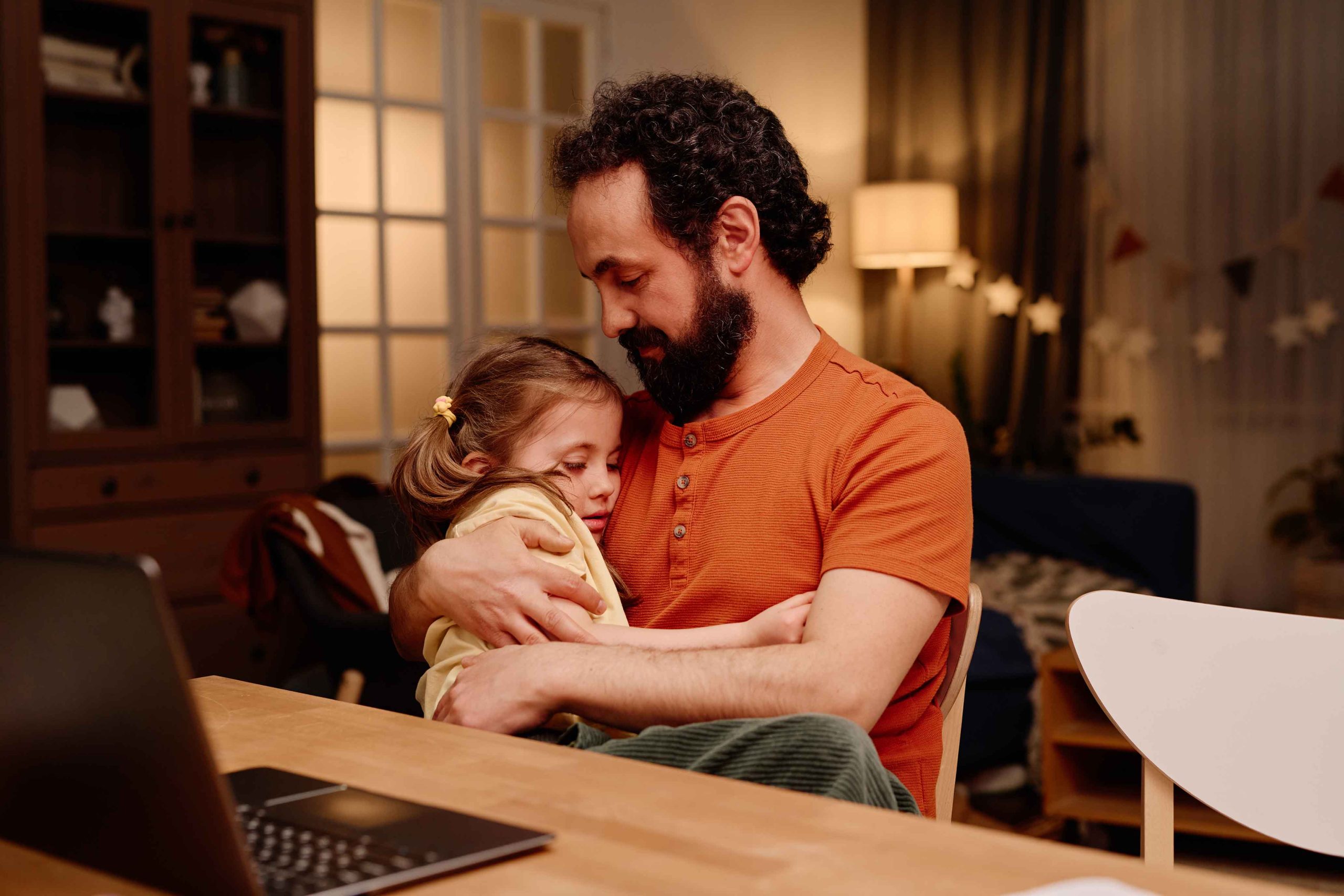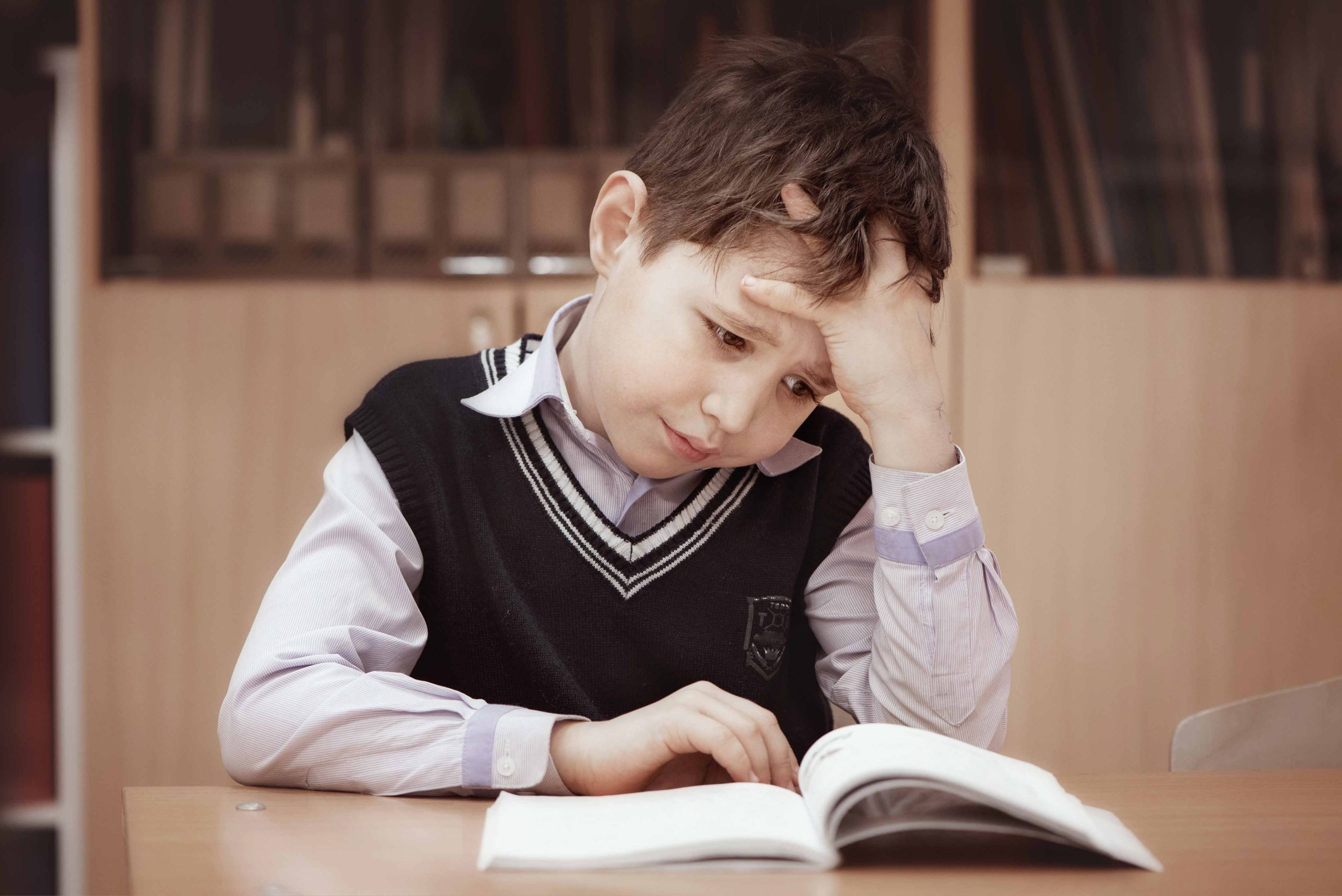To begin this article, the first point I would like to emphasize is that children DO experience grief processes. Just like any other human being, when they face a loss, they need to process it, make space for it, and adjust to a new reality. Some of the most common reasons a child might undergo a grieving process include the divorce of parents, the death of loved ones, the loss of pets, losing special possessions, or losing friends due to moving.
However, there are many myths surrounding the grieving processes in children and adolescents.
Myths Associated with Grieving Processes in Children and Adolescents:
- Children do not realize what is happening after a loss.
- Children and adolescents do NOT go through grief processes.
- Adults should hide their feelings; if they conceal their pain, children will be happier.
- They cannot understand and comprehend the social rituals associated with loss, so it’s better they don’t attend them.
- We should not be sad because then the deceased person will be sadder.
Once it is clarified that children go through grieving situations, it is important to note that children easily become aware of death. The concept of death has four characteristics:
- Irreversibility: The person who has died will not come back to life.
- Universality: All living beings die at some point.
- Non-functionality: The body stops functioning; all vital functions cease.
- Causality: There is a cause; death has an explanation and is a physical reason.
Depending on their developmental ages, children associate more or fewer characteristics with the concept of death. This is an aspect that should be considered when conveying information about the loss.

What Concept of Death Does My Child Have According to Their Age?
- Ages 0 to 2 years: They perceive death as absence. It is equivalent to leaving or abandonment. At this vital stage, they are very sensitive to the negative emotional states of their caregivers.
- Ages 3 to 6 years: They consider death to be temporary and reversible. This age is characterized by a strong presence of magical thinking. Additionally, they interpret any explanation literally, so it would be advisable to avoid metaphors such as "they have gone up" or "they left."
- Ages 6 to 9 years: At this age, they acquire the concept of irreversibility; they know that death is definitive and affects all living beings. However, they still do not grasp the concept of their own death.
- Ages 9 to 12 years: They understand that death is irreversible and universal. They also become aware of their own mortality. At this stage, it is expected that the fear of losing close loved ones will increase.
Therefore, it can be inferred that overprotecting children may not be the best help. Obviously, in most cases, adults make decisions regarding minors with their best interests in mind, with good intentions. However, although it may seem counterintuitive, hiding death can be worse. When children lack information, they fantasize, often leading them to imagine the worst possible situations or an incorrect reality. Additionally, when we don’t discuss the topic with them, we do not allow for emotional expression. Conversely, if we convey this information following a series of guidelines and using age-appropriate words, we will help ensure that the grieving process is healthy.
How Can Loss Affect Children?
Emotional Manifestations:
- Sadness and isolation
- Anxiety, irritability, and aggression
- Decreased self-esteem
- Regressive behaviors
- Difficulty in attention and concentration
- Hyperactivity
- Guilt
- Disbelief
Somatic Manifestations:
- Loss of appetite
- Insomnia
- Gastric or abdominal discomfort
- Exhaustion
- Shortness of breath
- Headaches
It is important to note that these symptoms, after consulting with a professional, cannot be explained by any other cause.
Social and/or School Manifestations:
- Social isolation
- School maladjustment
- Decreased academic performance
- Rejection of school
It is essential to point out that if these symptoms significantly impact the child’s life, it is advisable to seek professional help.
What Does My Child Need from Me Right Now?
In general, what children need from adults when facing a grieving process is:
- To use simple language appropriate for their age
- Not to overwhelm them with too many words
- Intuition to know when they are ready to talk
- An open mindset
- To listen and accept their feelings
- To be consistent; we as adults are also sad about the situation.
- Never to lie

What Can I Do According to My Child's Age to Facilitate Understanding of Death?
Children Aged 0-2 Years:
In this developmental stage, it would be very helpful to maintain the routines that were in place before the loss of the loved one. Additionally, anticipating death and ensuring their health and care would also help. Conversely, if routines are disrupted, with abrupt and rapid changes, or if new caregivers who are not well-known are introduced, these could hinder the child’s adjustment to the new situation.
One should be alert if there are significant weight losses, if the child cannot be comforted, or if sleep patterns do not recover.
Children Aged 3-6 Years:
At these ages, it is recommended to use clear and adapted language, to reassure them about the possibility of other deaths, and to help them understand post-mortem insensitivity. Nature examples or those they already know can also be used to aid their comprehension. On the other hand, metaphors such as «they are in a better place,» «they always watch us and take care of us,» or «they sleep eternally» should be avoided. We must remember that at this stage, there is a very literal understanding of language, so they will interpret it as we explain it. Additionally, complex explanations should also be avoided.
One should be alert if there is significant separation anxiety, recurrent nightmares, refusal to eat, lack of interest in play, or debilitating fears.
Children Aged 6-10 Years:
When children are in this age range, it is advisable for adults to explain things to them and allow them to participate in rituals. Adults should answer their questions and curiosities, provide an environment that allows emotional expression, and help them understand the dimensions of death. If the loss is expected, it is a good age to prepare them in advance. Additionally, between ages 9 and 10, it would be wise to consider their opinions.
Conversely, it is important to avoid not clarifying their imagined theories, not explaining what rituals are or what they will encounter, and withholding details about the death.
When discussing the details of the death, always ensure that all data and information is adapted to the children’s age.
One should be alert if high anxiety, depression, an inability to separate from attachment figures for fear of their death, or performance issues are observed.
Children Aged 10-13 Years:
Behaviors that facilitate the grieving process at these ages include teaching them to value memories, sharing adult experiences with them, normalizing what they feel, requesting their help in farewell rituals, and sharing feelings and emotions. Conversely, behaviors that could hinder grieving processes would be overwhelming them with too many questions, not respecting their privacy, and using phrases that hinder emotional expression, such as «Don’t feel sad.»
During these ages, it is essential to be alert for signs of extreme sadness, excessive responsibility, isolation, insensitivity, somatization, or inability to readjust to school.

Adolescents:
At this developmental stage, allowing them to feel like active participants in the process, valuing their opinions, avoiding messages of strength or responsibility, and attempting to minimize changes are actions adults can take to facilitate the process. On the contrary, overloading them with adult responsibilities, delaying communication of the news, not allowing them to participate in events, prioritizing others, or bombarding them with too many personal examples are behaviors that could hinder the grieving process.
In this case, the signs to watch for include increased substance use, extreme isolation, recurrent thoughts about death, extreme irritability, persistent mood swings, blaming the person who communicated the news for the death, separation anxiety, obsessive or somatic disorders, depressive symptoms, and suicidal ideation or planning.
Finally, it is important to emphasize that the unique characteristics of each culture, the child’s personality, and each family’s beliefs should also be taken into account. This article provides a guide to the most common manifestations, but this does not imply that others cannot exist. For this reason, in cases of doubt, it is advisable to consult a professional.
In summary, it is essential to recognize that children and adolescents go through grief processes when facing a loss. Therefore, it is crucial to understand how we can better manage these situations. The goal is not to overprotect, but to be consistent, empathetic, and honest, communicating information in a simple manner appropriate for the child’s age. Ultimately, grief is a natural and expected process following a loss; not all grief needs to be pathological. However, if any warning signs are observed or if it interferes with the child’s life, do not hesitate to consult a professional.
About the author
Laura Redondo Fidalgo is a Clinical Psychologist and Neuropsychologist at Sinews. She works with a wide range of issues, including anxiety, depression, grief, self-esteem, and interpersonal relationship problems, among others. Her approach is cognitive-behavioral, but she also incorporates tools and techniques from other modalities, such as Third Generation Therapies, adapting to the specific needs of each patient, thanks to her continuous training.
Division of Psychology, Psychotherapy and Coaching
Psychologist
Children, adolescents and adults
Languages: English and Spanish

